
Project skyscraper 2 WTC in New York by BIG
In the competition for the new WTC center, Daniel Libeskind originally won, but during the implementation, he was represented by David Childs from SOM. Similarly, the London office of Norman Foster participated in the WTC competition, ultimately being assigned the plot number 2 WTC near the main terminal designed by Santiago Calatrava, between the skyscrapers 1 WTC by David Childs and 3 WTC by Richard Rogers.
Although Foster's project was already completed and the foundations were underway, the main investor Larry Silverstein decided to give an opportunity to the forty-year-old Danish architect, replacing Foster's hi-tech team with a New York branch of BIG full of interns from GSD. Behind the generational change of architects lies the desire of media magnate Rupert Murdoch, whose company 21st Century Fox will be the tenant of the entire lower half of the future skyscraper. Murdoch's son stated that Foster's design is much better suited for a banking institution, but not for a media empire looking towards the 21st century. Ingels' team came up with a new typology that combines low urban blocks and slim high-rise buildings, resulting in a dynamically shifting eighty-story "vertical village." The project aims to bring the laid-back atmosphere known from start-up offices in California's Silicon Valley to the financial district of Manhattan.
Upon completion, the 1,340-foot tall skyscraper will be the third tallest building in Manhattan.
More information >
Although Foster's project was already completed and the foundations were underway, the main investor Larry Silverstein decided to give an opportunity to the forty-year-old Danish architect, replacing Foster's hi-tech team with a New York branch of BIG full of interns from GSD. Behind the generational change of architects lies the desire of media magnate Rupert Murdoch, whose company 21st Century Fox will be the tenant of the entire lower half of the future skyscraper. Murdoch's son stated that Foster's design is much better suited for a banking institution, but not for a media empire looking towards the 21st century. Ingels' team came up with a new typology that combines low urban blocks and slim high-rise buildings, resulting in a dynamically shifting eighty-story "vertical village." The project aims to bring the laid-back atmosphere known from start-up offices in California's Silicon Valley to the financial district of Manhattan.
Upon completion, the 1,340-foot tall skyscraper will be the third tallest building in Manhattan.
More information >
The English translation is powered by AI tool. Switch to Czech to view the original text source.
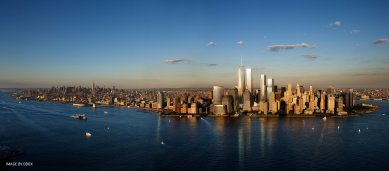
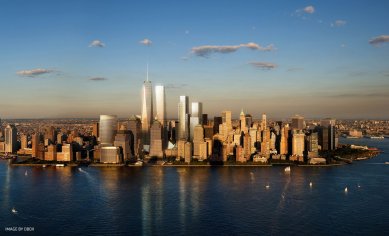
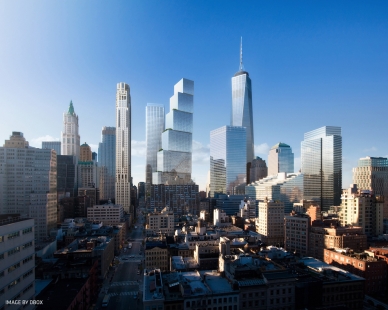
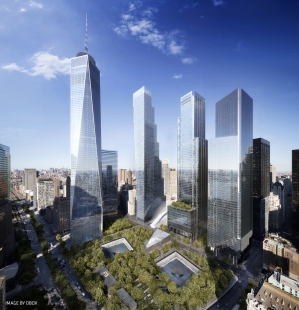
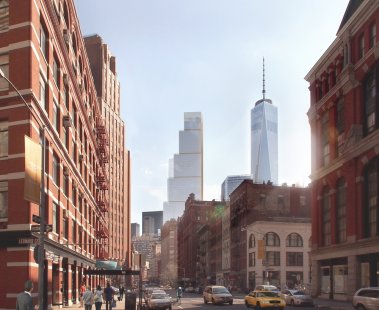

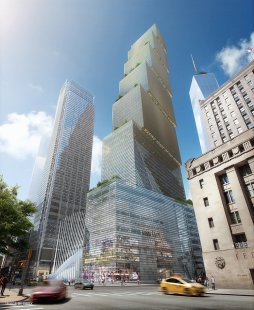
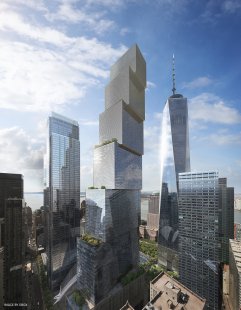
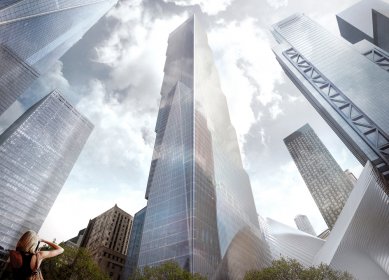
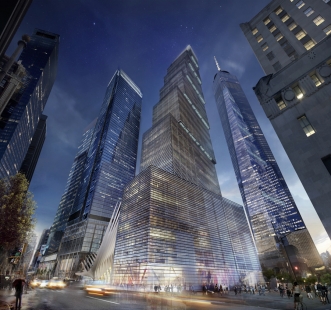

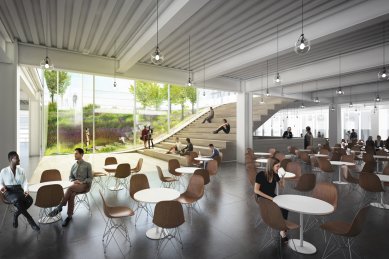
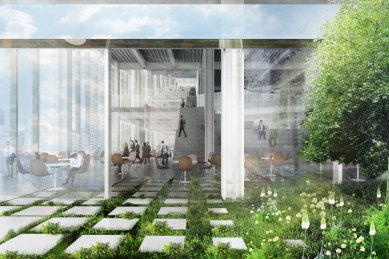

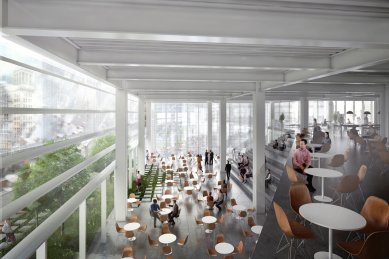
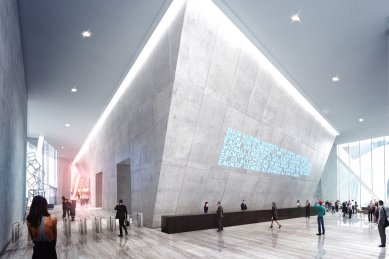


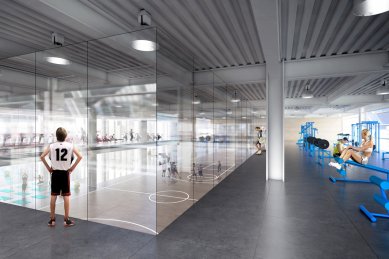

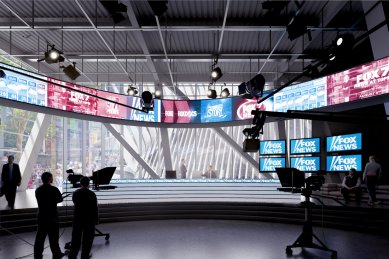
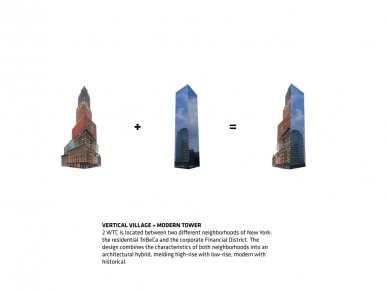
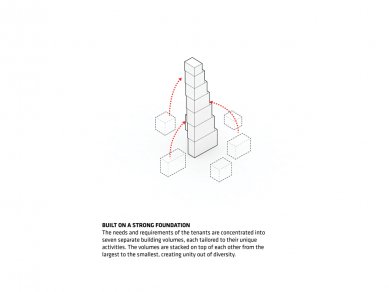
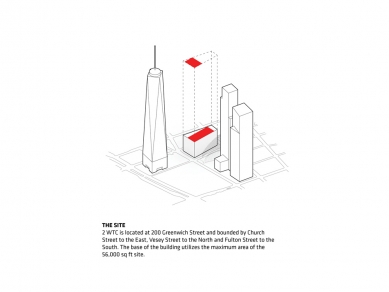
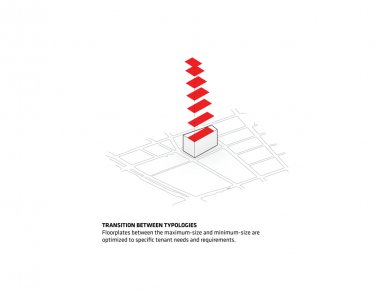
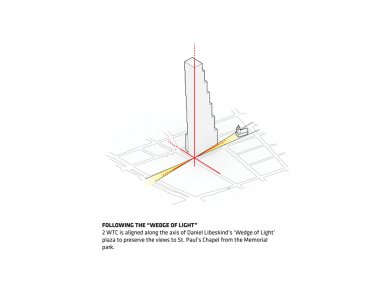
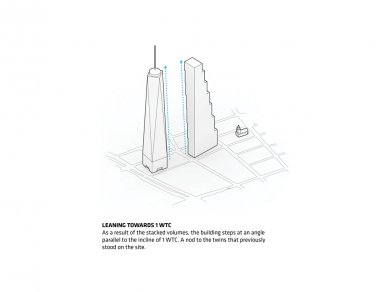
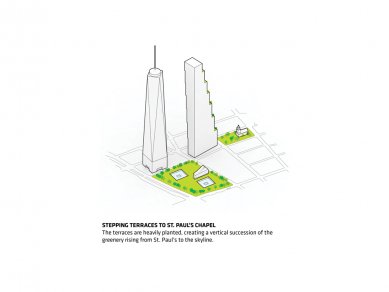
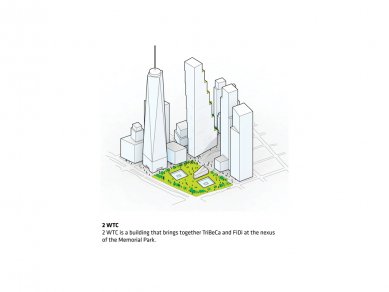
0 comments
add comment









